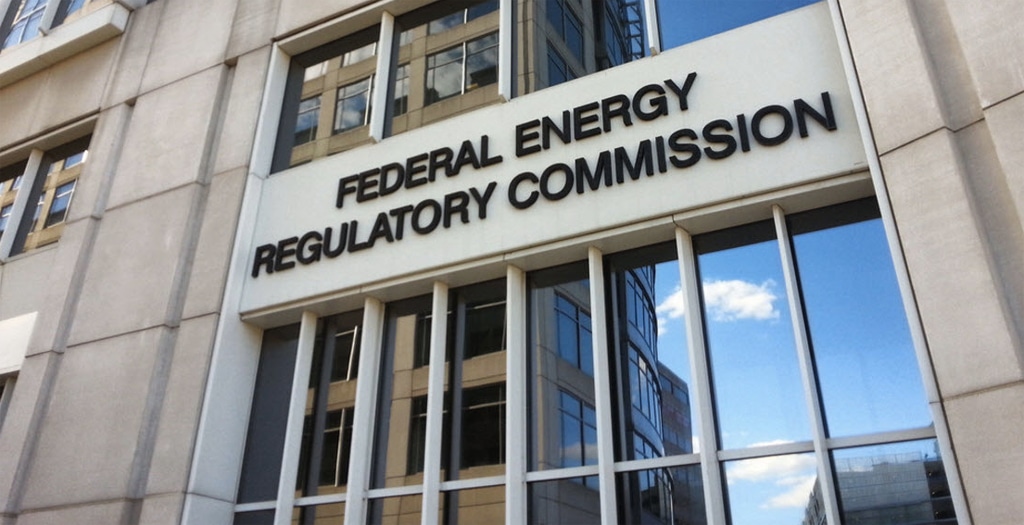The issue of what will happen to contracts with wind and solar plants held by Pacific Gas & Electric Company (PG&E) has entered another phase, and the company hasn’t even filed for bankruptcy yet as it warned two weeks ago.
On Friday, the Federal Energy Regulatory Commission (FERC) issued an order declaring that it has a say in what happens to these contracts. The agency states:
We conclude that this Commission and the bankruptcy courts have concurrent jurisdiction to review and address the disposition of wholesale power contracts sought to be rejected through bankruptcy.
FERC is claiming this authority under the Federal Power Act (FPA) per a petition by NextEra Energy last week. However, FERC describes the law in this area as “unsettled,” noting that in past bankruptcy cases “several courts have read the FPA and the Bankruptcy Code in pari materia and reached different conclusions.”
Huge volume of intervenors
The filing comes after dozens of developers backed by trade groups have filed to intervene in the NextEra filing and a similar filing by Exelon calling on FERC to step in and assert its authority over these contracts.
The group of intervenors reads like a who’s-who of renewable energy development and asset owners including Brookfield, D.E. Shaw, Dominion, EDF Renewables, EDP Renewables, First Solar, NRG and Southern Company. These were joined by every renewable energy organization under the sun, including Solar Energy Industries Association (SEIA), American Council on Renewable Energy (ACORE), American Wind Energy Association (AWEA) as well as Natural Resources Defense Council (NRDC) and Public Citizen.
Not to be left out of the action, cities, counties, irrigation districts, municipal utilities, transmission organizations and the Western Area Power Authority have also filed to intervene.
This content is protected by copyright and may not be reused. If you want to cooperate with us and would like to reuse some of our content, please contact: editors@pv-magazine.com.









FROM WIKIPEDIA:
“In the United States, bankruptcy is governed by federal law, commonly referred to as the “Bankruptcy Code” (“Code”). The United States Constitution (Article 1, Section 8, Clause 4) authorizes Congress to enact “uniform Laws on the subject of Bankruptcies throughout the United States.” Congress has exercised this authority several times since 1801, including through adoption of the Bankruptcy Reform Act of 1978, as amended, codified in Title 11 of the United States Code and the Bankruptcy Abuse Prevention and Consumer Protection Act of 2005 (BAPCPA).”
“Some laws relevant to bankruptcy are found in other parts of the United States Code. For example, bankruptcy crimes are found in Title 18 of the United States Code (Crimes). Tax implications of bankruptcy are found in Title 26 of the United States Code (Internal Revenue Code), and the creation and jurisdiction of bankruptcy courts are found in Title 28 of the United States Code (Judiciary and Judicial procedure). ”
My forecast is the FERC assertion of legal power to intervene into a constitutionally authorized bankruptcy proceeding will be argued against by PG&E, with Marbury V. Madison (1803) as the “controlling precedent”. If PG&E argues against FERC intervention using Marbury…………..the solar industry companies with those archaic PPA’s and PV conversion efficiency of less that 30% will be toast. Its the smartest thing PG&E could do, is dump those old archaic <30% efficiency PV technologies. This is what happens when federal tax-credits distorts market efficiencies through "price discovery".
First off, I don’t know of any commercially available solar PV except that doesn’t utilize concentrating technology and has a conversion efficiency of 30% or greater. And while PG&E will likely try to get a break on its legacy solar contracts (signed when the cost of solar was much higher), I do not understand your interest here in conversion efficiency. What has mattered for deployment is cost – not conversion efficiency. This is why First Solar’s thin film modules were so widely deployed even when they had 14-15% efficiencies before they integrated the GE IP: because they were inexpensive.
Second, the federal tax credit is and has been a factor in all solar deployed, but the reason these contracts were signed has more to do with California’s RPS and state-level subsidies (which besides RECs are all gone now) and programs like the Renewable Auction Mechanism (RAM). In fact, two of NextEra’s four projects holding PG&E contracts were contracted through the RAM.